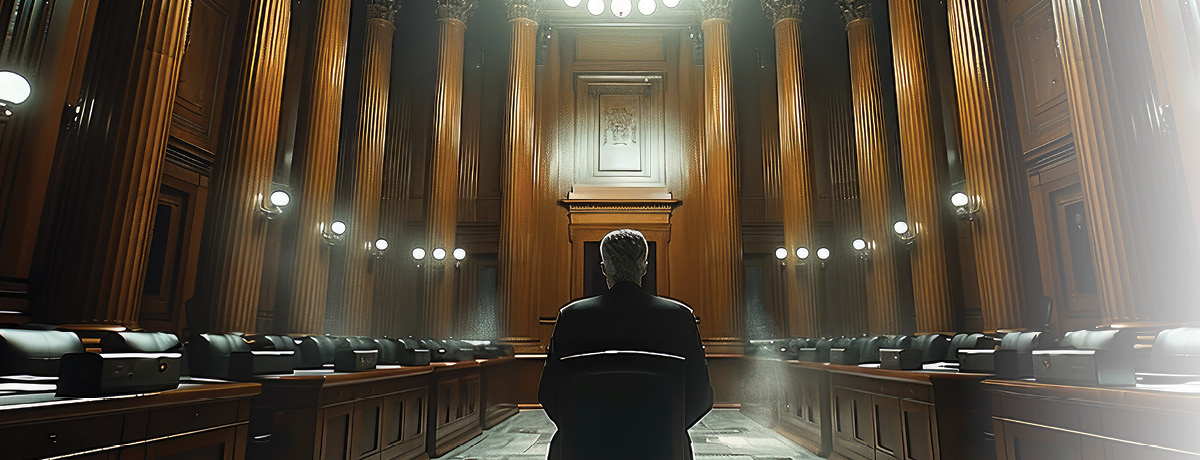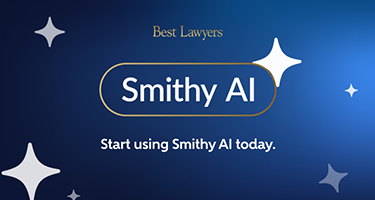As California’s Private Attorneys General Act turned 20 this year, like many statutes in a fast-evolving world, it’s showing its age.
PAGA cases have exploded in recent years, particularly after the U.S. Supreme Court decision in AT&T Mobility LLC v. Concepcion in April 2011 largely negated wage and hour class actions where valid arbitration agreements were in place. California receives around 5,000 PAGA notices annually, although the state rarely investigates them.
There have been $10 billion in PAGA settlements in California since 2013 that have been reported to the California Labor & Workforce Development Agency, not including settlements paid out in response to demand letters that are not reported to LWDA.
Enacted in 2004, PAGA allows aggrieved employees in California to file lawsuits for certain Labor Code violations, such as unpaid overtime and missed breaks, on behalf of themselves and others. Unlike class actions, an employee who files a PAGA lawsuit can include violations that they did not personally suffer but that were allegedly suffered by other represented employees.
PAGA aims to enforce labor laws and reduce the burden on the state's Labor and Workforce Development Agency by enabling employees to seek civil penalties. Employees must notify the agency before suing, but if the state does not investigate within 65 days, they can proceed with the lawsuit. Successful claims result in 75% of penalties going to the state and 25% to the aggrieved employees, in addition to any owed wages.
PAGA plaintiffs are also not required to meet class certification. This has forced many employers to settle for large sums of money and suffer great financial losses, while plaintiffs' attorneys benefit greatly from the settlement, leaving very little for the employees.
The awarding of “reasonable” attorney fees proves highly profitable for the employee’s lawyer. The term “reasonable” is, in practice, determined by claims based on contingency agreements, where the hourly rates requested frequently exceed $1,000. This rate is considered by many to be inherently “unreasonable.”
PAGA has been the subject of scrutiny in recent years, with the U.S. Supreme Court and California Supreme Courts issuing impactful decisions.
The Supreme Court’s 2022 decision in Viking River Cruises, Inc. v. Moriana partially overturned California Supreme Court precedent regarding PAGA claims. Previously, the California Supreme Court held that PAGA claims—whether brought by an individual employee on their own behalf (individual claims) or as a representative of other employees (representative claims)—could neither be severed nor subjected to arbitration.
In the landmark decision authored by Justice Alito, with concurring opinions from Justices Sotomayor and Barrett, the Supreme Court ruled that individual plaintiffs can validly consent to arbitration for all claims, including their individual PAGA claims. The ruling emphasized that such claims must be subject to arbitration, as mandated by the Federal Arbitration Act (FAA).
In July 2023, the California Supreme Court ruled that PAGA plaintiffs can continue to pursue representative claims even if their individual claims are compelled into arbitration. This decision reverses a previous ruling by the United States Supreme Court, which stated that employees would forfeit the right to pursue representative claims in such cases. The California Supreme Court underscored its authority as the ultimate interpreter of state law in making this pivotal decision.
Criticized as all too often expensive, time-consuming and financially devastating to employers while providing little practical or economic benefit to employees, debate and controversy have followed PAGA closely.
There have been $10 billion in PAGA settlements in California since 2013."
The California Fair Pay and Employer Accountability Act also sought to repeal and replace PAGA on the November ballot. The new Assembly and Senate bills prevent a vote on this Act and instead have modified PAGA.
As is often the best or most practical solution, several relevant, concerned stakeholders united to reach a legislative compromise on PAGA. On July 1, Gov. Gavin Newson signed two bills that significantly alter PAGA.
The legislation is expected to significantly influence California's wage and hour laws.
Assembly Bill 2288 and Senate Bill 92 should benefit California employers by imposing stricter standing requirements, decreasing penalties for compliant employers and requiring manageability to litigate these claims.
Among the new changes, an individual's standing to pursue a PAGA claim will now be limited to those who personally suffered each violation, and trial courts will be empowered to limit evidence at trial and limit the scope of claims to "ensure that the claim can be effectively tried."
Notably, the changes do not impact cases filed or PAGA notices submitted before June 19, 2024. This cutoff date likely led to a glut of PAGA notices being filed on or at the deadline.
Changes to the Structure of Civil Penalties
The $100 penalty per pay period will be reduced depending on the employer's compliance after receiving notice of a potential PAGA claim.
The $200 penalty for a "subsequent violation" will only be assessed if the Labor Commissioner or a court within five years preceding the alleged violation has issued a finding that the purported violation was unlawful or if a court finds the employer's conduct to be "malicious, fraudulent or oppressive.
Related civil penalties for employers who cure violations, particularly for derivative paystub violations, will be eliminated or reduced.
Because PAGA penalties are based on pay periods, employers who pay employees on a weekly or bi-weekly payroll calendar will not be penalized differently.
Derivative penalties will be limited to violations that are willful or intentional for waiting time penalties, and knowing or intentional for pay stub violations, which substantially limits a major driving force in PAGA claims.
There will be an exception to the penalty reductions provisions if a court finds that the facts and circumstances of a case warrant or to do otherwise would be unjust, arbitrary, oppressive or confiscatory.
The 75% / 25% split between the state and aggrieved employees of settlement or verdict proceeds has been modified to a 65%-35% split to increase recovery by workers.
New Cure Provisions
Cure processes have been altered depending on the employer's size.
If an employer utilizes the cure provisions, an employee will be entitled to reasonable attorney fees and costs to be determined by the LWDA or court, even when a cure is proper and civil litigation is avoided.
Injunctive relief will also be available to aggrieved employees to compel employers to implement changes in the workplace to remedy violations.
Reviews of the cost-benefit to the state, employees, and employers given these changes have been mixed. Only a small percentage of PAGA cases ever see a verdict from a judge or jury, so most of the strategic handling processes will likely remain unchanged.
To remain as prepared as possible for future uncertainties, employers must prioritize developing stronger, more compelling arguments regarding liability and damages.
Eric C. Schwettmann is a partner with the law firm of Ballard Rosenberg Golper & Savitt, LLP and practices exclusively in the area of labor and employment law of behalf of management. Eric’s primary practice involves the defense of all types of employment-related lawsuits through inception, litigation and trial. He also regularly provides counsel to employers regarding day-to-day personnel management decisions, complaint investigations, best policies and practices and compliance with state and federal law. He is also highly versed in e-discovery related issues, having been a significant contributor in drafting the 2009 California Electronic Discovery Act.
Katherine A. Hren is a partner with the law firm of Ballard, Rosenberg, Golper & Savitt and practices exclusively in the area of labor and employment law on behalf of management. Katherine regularly provides advice and counsel to employers in all matters that bear upon the employee/employer relationship. Katherine's work includes advice on employment law strategy and compliance, traditional labor relations matters (union organizing, strikes/picketing, collective bargaining, grievance handling and arbitration), claims for employment discrimination, sexual and other workplace harassment, wrongful termination and whistleblower complaints.






























